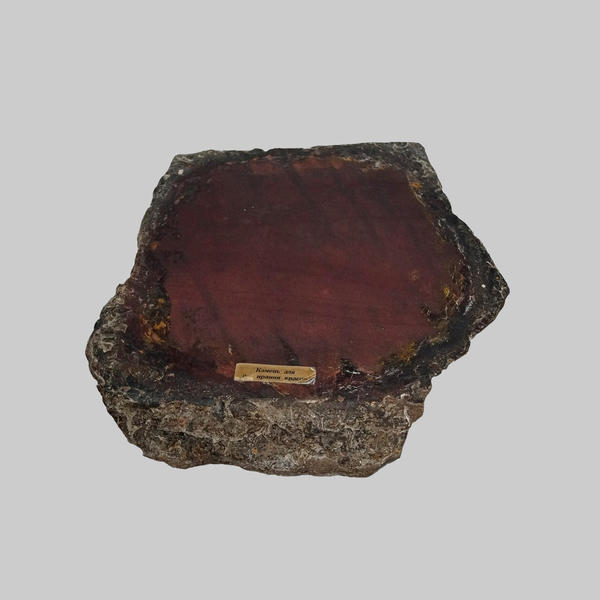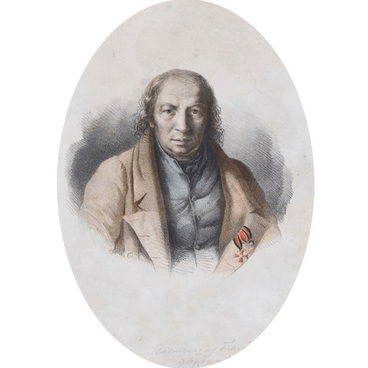The collection of the Arzamas Art Museum includes a stone for colour grinding from the A. V. Stupin School of Painting. It was found after a major fire at the School in November 1842.
Painters have always known a thing or two about more than just artistic mastery – they have been good at many other arts and sciences like anatomy, scripture and social history, physics, geometry, chemistry, and others.
Since times immemorial, artists have used natural paints only. Chapter 29 of Heraclius’s treatise De coloribus et artibus romanorum says:
Painters have always known a thing or two about more than just artistic mastery – they have been good at many other arts and sciences like anatomy, scripture and social history, physics, geometry, chemistry, and others.
Since times immemorial, artists have used natural paints only. Chapter 29 of Heraclius’s treatise De coloribus et artibus romanorum says:



